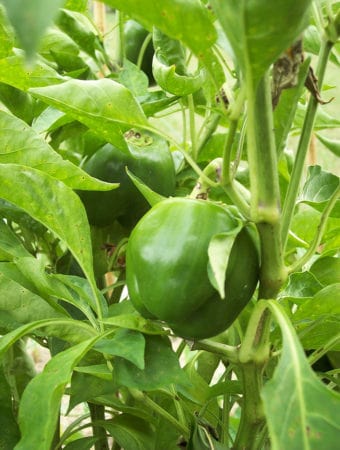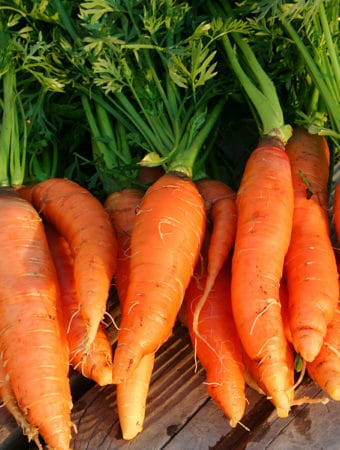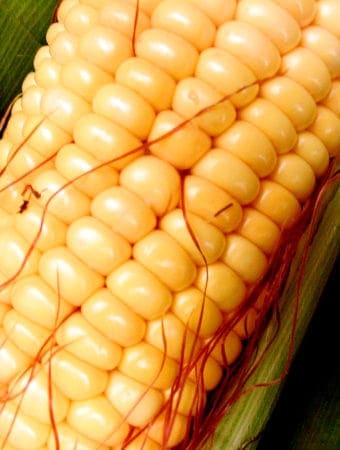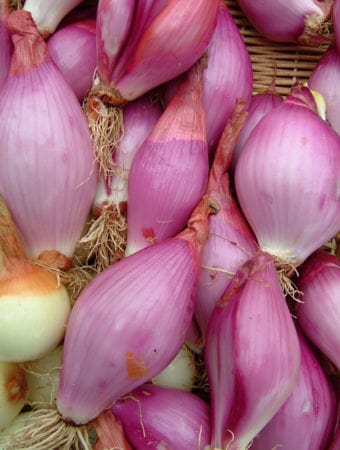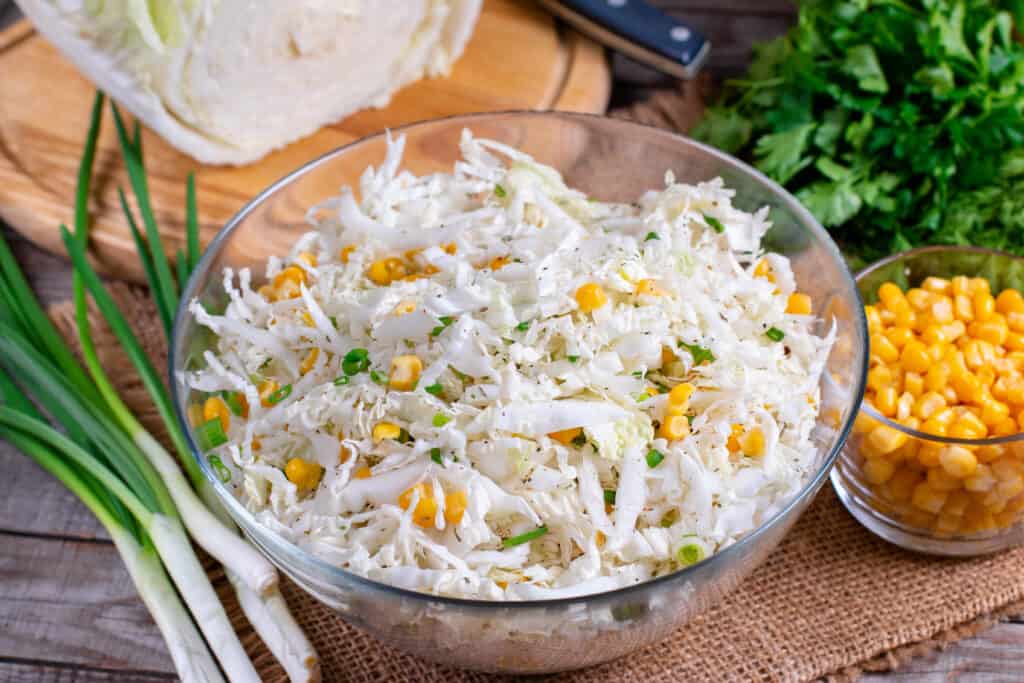
Michihili is a semi-heading, upright, cylindrical-shaped Chinese cabbage. Michihili is delicate, crisp and lightly sweet. It is often used in cooking as a vehicle for the flavors of other foods.
There are other semi-heading Chinese cabbages. Each of these is wrapped with long leaves that form a tapering head. Some varieties can grow up to 24 inches (60 cm) tall.
Michihili is a cultivar name. Michihili is so popular that the class of cylindrical, semi-heading Chinese cabbages is sometimes referred to as Michihili.
The tall cylindrical heads of these vegetables are creamy at the base to light green to deep green at the leaf tips. The leaves have a crinkled or savoy texture with white veining and each leaf has prominent white midrib that broadens at the base to as much as 4 inches (10 cm) wide.
How to Choose Michihili
- Select Michihili that is firm, crisp and fresh. There should be no brown spots on the ribs.
- Avoid greens whose leaves are slightly wilted or exhibit brown spots.
How to Store Wash Michihili
- Michihili should be used fresh and never stored for long.
How to Prepare Michihili
- Remove the desired number of leaves and trim the base of each, wash, drain, and use cooked or raw.
- Wash Michihili just before using.
How to Serve Michihili
- Michihili can be steamed, boiled, quickly stir-fried, or eaten raw.
- Cooked leaves and stalks capture the flavors of foods they are cooked with: vegetables, meats, and poultry.
- Michihili is a good choice for pickling.
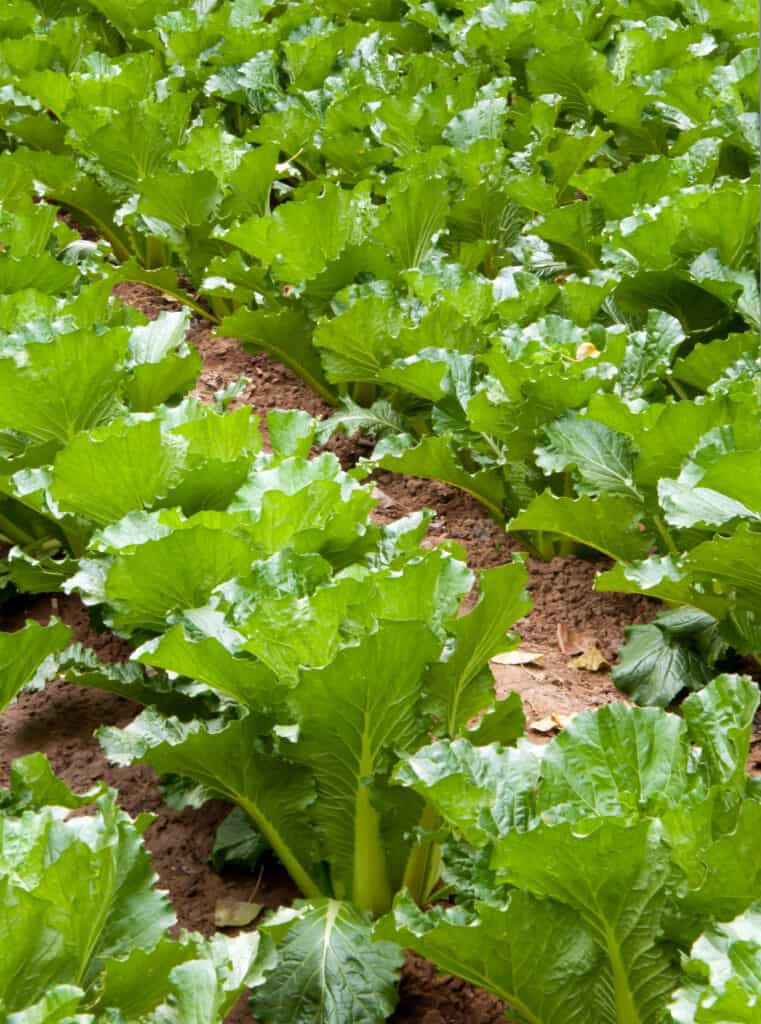
Other Chinese Cabbages
- Other popular varieties of semi-heading Chinese cabbage are ‘Jade Pagoda’, ‘Monument’, ‘Greenwich’, ‘Kogane’, ‘Green Tower’, ‘Orient Legend’, and ‘Lucky Star’. These are the tallest of Chinese cabbages.
- The water content of these Asian cabbages is higher than that of the European varieties of cabbage. They are crisper and more refreshing and also less fibrous. The flavor of Asian cabbages is more subtle and pleasant than European head cabbage.
This vegetable belongs to the pekinensis subspecies of the Brassica genus.
Also of interest:




